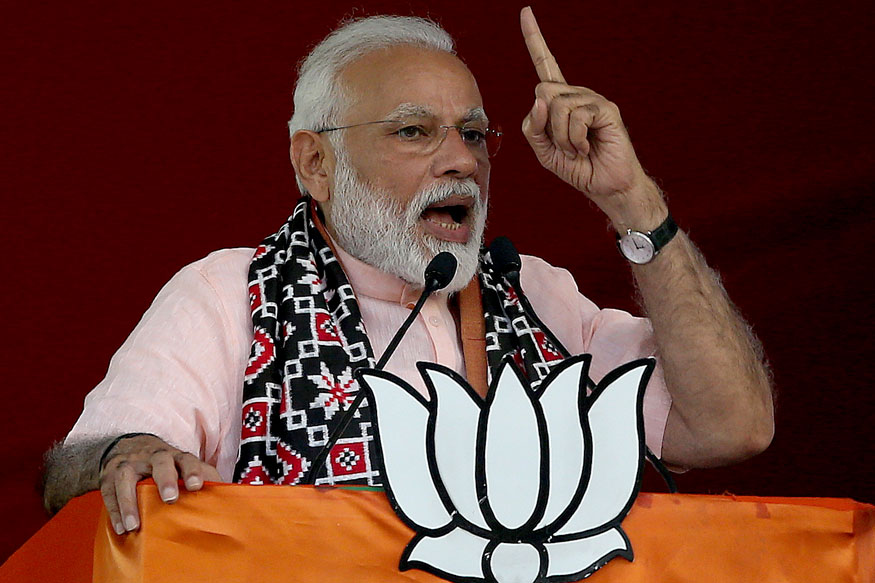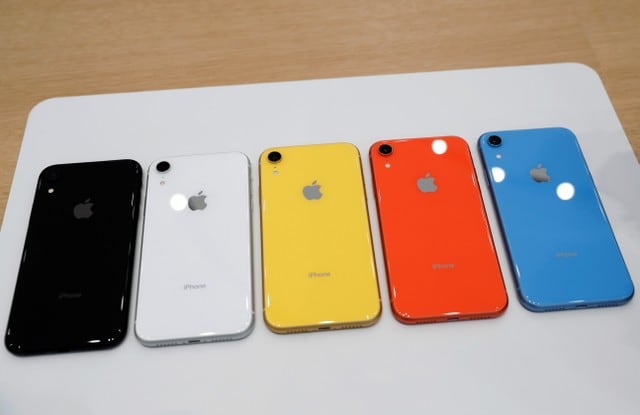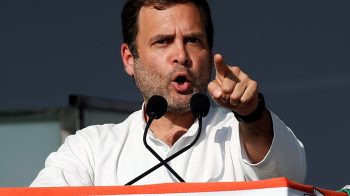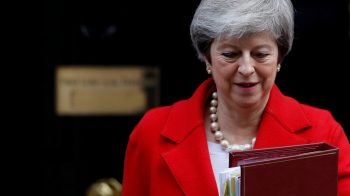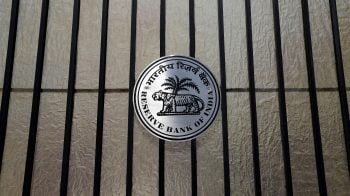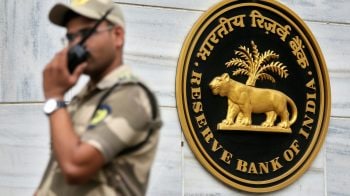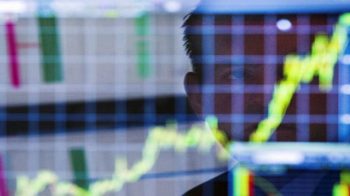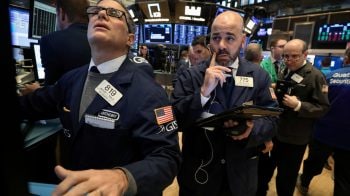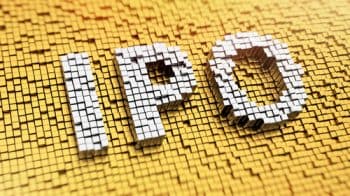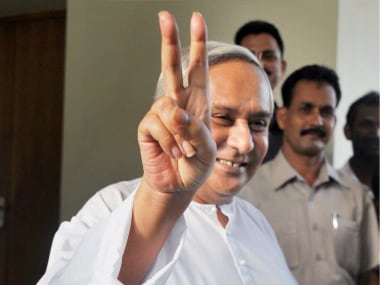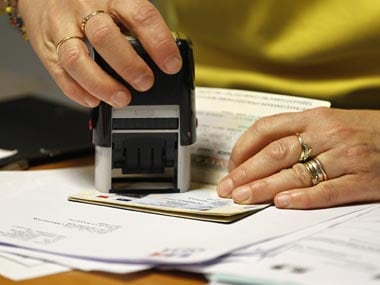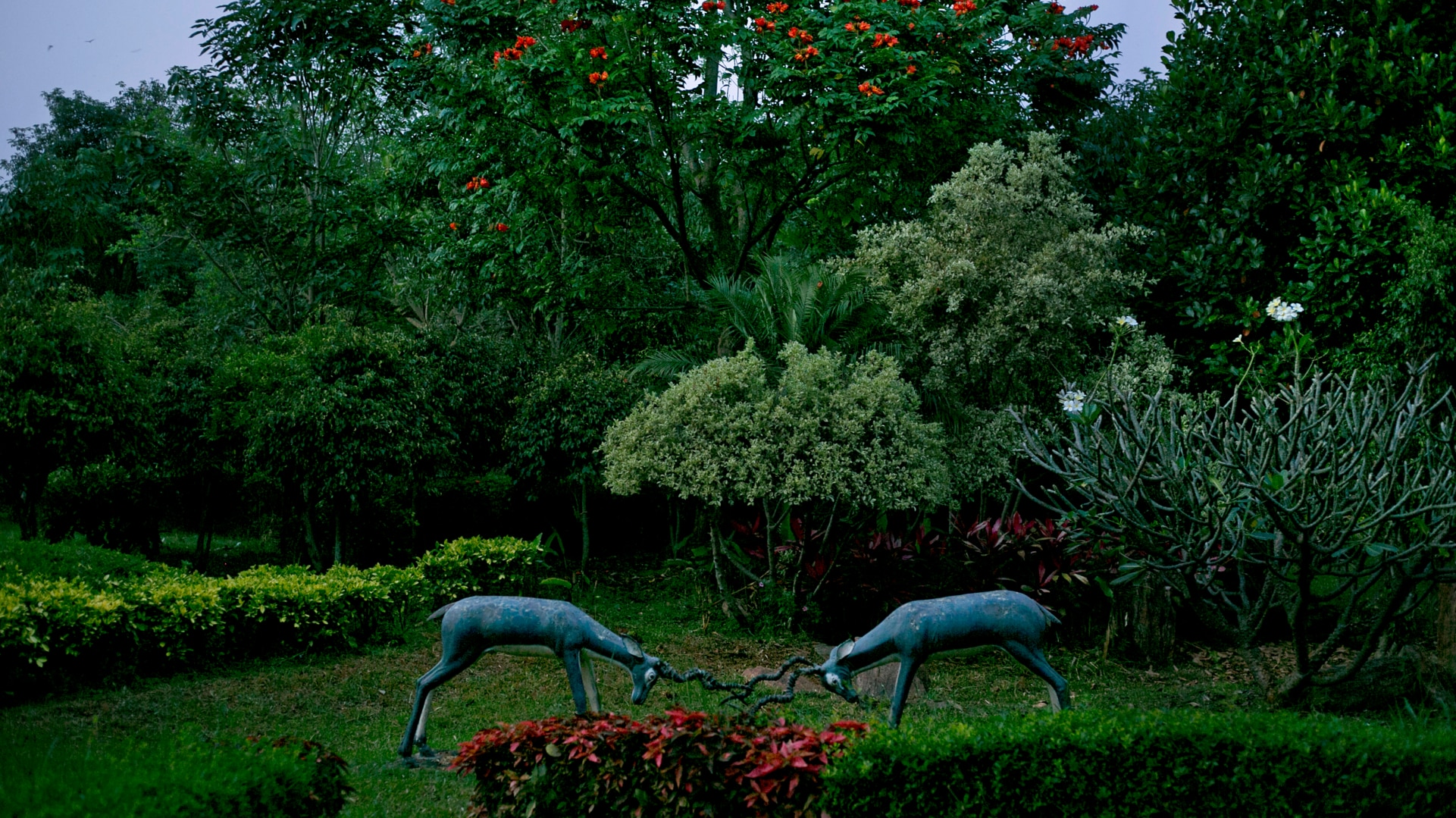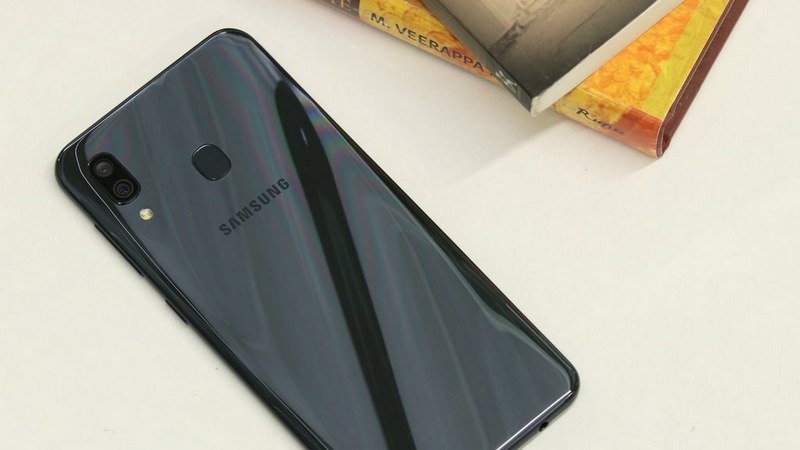The character has evolved over the years to increase likeability.
Moneycontrol News
With his red pants, white gloves and funny antiques, Mickey Mouse has entertained and brought joy to many generations since his first appearance in 1928. He is also quite the cash cow for its parent company.
According to a Fast Company report, the world’s most ubiquitous mouse and his gang, which includes Minnie Mouse, Donald Duck, Goofy and Pluto, earned close to $3 billion for Walt Disney Company through the sale of merchandise in 2018.
And, it is not toys that are targeted towards children that is raking in the dollars.
The report noted that Gucci has launched a bag shaped like Mickey’s head to the tune of $4500, with the “Gucci” logo embossed across the handle validating the steep price tag. Makeup lines such as L’Oréal and Maybelline are selling products using Mickey’s image. Even Apple released a limited-edition set of Beats headphones, priced at $300, with an early rendition of Mickey Mouse printed across it.
The report noted that the Walt Disney Company and several others that make products with his image release these products by banking on anniversaries to boost their sales.
This was the case in 2004 when it earned $6 billion on the 75th anniversary year of Mickey’s first appearance.
The report also quoted a market research carried out in the United States, which showed a 97 percent name recall. That is even higher than Santa Claus. This was mainly propelled by the licensing of Mickey’s image to thousands of other companies. The report noted that the endearing success of the mouse across many generations was the careful curation of the mouse’s image by the Walt Disney Company.
Mickey evolved as a mouse-like, or rat-like, creature prone to smoking, drinking and even inappropriate behavior. Over the years, he was rendered with softer-looking features, larger eyes, a friendly demeanor that was appealing to children, and family-friendly behavior.
Harvard evolutionary biologist Stephen Jay Gould termed the effect“neoteny,” which was the retention of juvenile features in adult animals. The report further quoted Gould saying that scientists had observed a link between the eyes of adults and their lingering on child-like faces and babies, which could also subconsciously bring about a greater level of attachment.
According to the report, this was a conscious design call taken be Disney to enhance the likeability of all their characters.
The report quoted Garry Apgar, a Yale-educated art historian and an expert on cultural representations of Mickey Mouse. He said that Mickey-related merchandise was initially relegated to children’s toys, which included stuffed toys, trains, and nursery wallpaper.
Within five years, Disney was bringing in $1 million a year in merchandise sales, equivalent to $19 million in 2019 dollars.
The report quoted the New York Times saying that Mickey’s clout earned $100 million in merchandise for people of all ages in 1947. Almost 600,000 Mickey Mouse watches were sold in that year alone.
By the time the Second World War ended, Mickey Mouse was already around for close to two decades. The people who were drafted to fight the war were children who grew up watching Mickey Mouse and his shenanigans.In the process, Mickey became a ray of hope and warmth in bleak war conditions. It was when people were left disillusioned and morally shattered by the horrors of war. This could be seen by how Disney was contacted by an US air squadron to draw some Mickey Mouse cartoons in 1939 to maintain the morale of men.
Mickey’s image was soon embedded into the machinery that kept up the war effort. Munitions factory workers wore Mickey Mouse buttons. He was printed on bond certificates that supported the US war loan drive and even on posters that drove war recruitment and warnings to catch early signs of an enemy attack.
“Mickey Mouse” even became the password for American troops that landed on the Normandy beaches on D-Day. In this process, Disney effectively managed to erase Mickey’s past, which allowed flexibility for him to be placed in any context. This is the reason Agpar said that Mickey could be seen as a symbol of capitalism or even be used as an insult, depending on which side of the Communism ideology one supported.
A “Mickey Mouse organization” or “Mickey Mouse degree” was seen as something that was frivolous and amateurish. The report further mentioned that Mickey’s image was so carefully licensed out that the battery of lawyers and its consumer products division discouraged potential licensees from using images of Mickey Mouse drinking and smoking in his earlier renditions.
It is a combination of all these factors which ensure that Mickey Mouse continues to be, in the words of New York Times journalist, “Disney’s best salesman.”





















